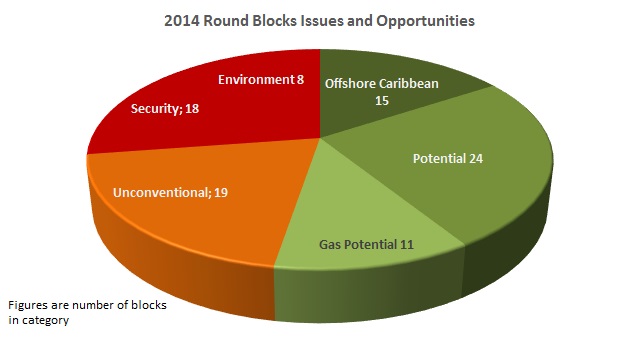Ecopetrol (NYSE:EC) and the Bicentennial Pipeline both have news regarding Corporate Social Responsibility (CSR) in the Arauca department, while elsewhere local residents, sometimes in groups as small as 25, demand more local hiring. These and other stories in our regular review of CSR news.
A national TV station has gotten hold of a report issued to the Attorney General Eduardo Montealegre that claims that the oil industry is responsible for the drought in Paz de Ariporo, Casanare earlier this year that led to the widespread deaths of domestic and wild animals.
The uncertainty surrounding the future of Colombia’s largest producing field, Rubiales, and the association contract between Ecopetrol (NYSE:EC) and Pacific Rubiales (TSX:PRE), has workers currently assigned in the UTEN union with the later firm demanding more clarity about their future.
The Colombian Petroleum Association (ACP) will be led by a new president, Francisco José Lloreda Mesa, starting in August. Lloreda repaces Alejandro Martínez, who has stepped down after working for the association for the last 20 years.
The central government is preparing a plan to address what it considers the gravest problem affecting oil production in Colombia today: pipeline security. Officials say military presence is being increased, as are drone flights.

On Wednesday, July 23rd in Cartagena, 38 companies will look at 95 blocks and place their bets. What do we think they will do?